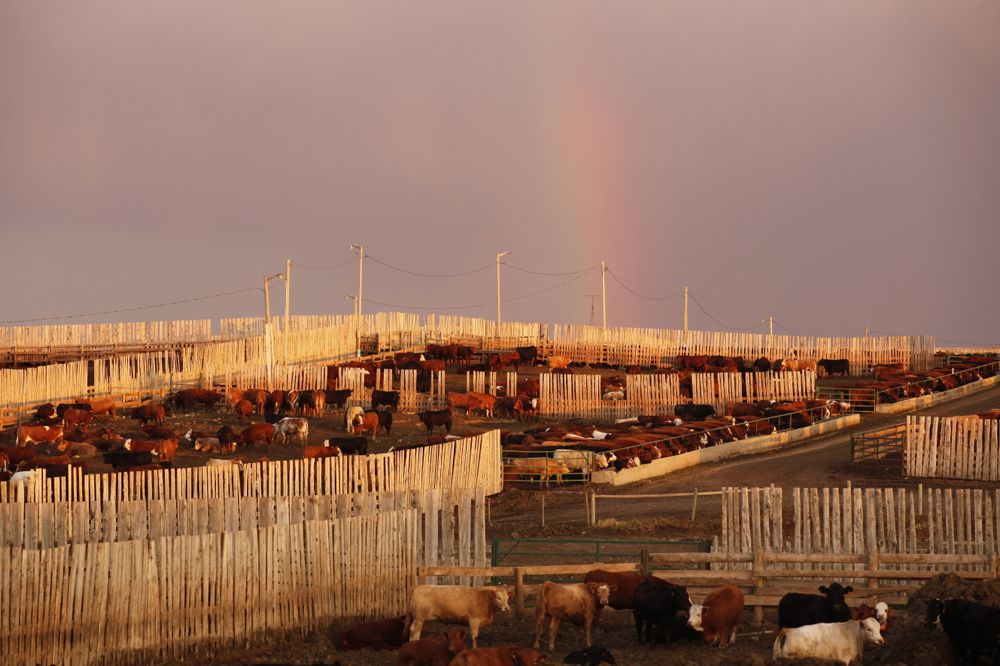February live cattle futures reached six-month highs during the last week of 2016, which quickly spilled over into western Canadian feeder cattle markets. While most auction barns were closed for the holiday season, there was some direct off-farm-to-feedlot movement.
Limited sales were reported, but values were $2-$6 higher compared to the third week of December. Calves coming on stream at this time of year have been fairly high-quality, which also enhanced buying interest. Much to the chagrin of order buyers, business obligations were hard to balance with family commitments because this late-season rally has caught many off guard. Alberta fed cattle prices were quoted in the range of $157-$159; feedlot margins are quite healthy stretching from $130 to as much as $170 per head. Feedlot managers were busy in the office rebalancing their positions looking to replace last-minute sales due to late-season profitability.
Read Also

U.S. livestock: Feeder cattle hit contract highs on tight supply
Chicago | Reuters – All Chicago Mercantile Exchange feeder cattle futures and most live cattle futures hit contract highs on…
A small string of mixed steers with medium frame and medium to lower flesh levels averaging 525 lbs. was quoted at $218 landed in southern Alberta; Heifers of similar quality and weight were quoted from $185 to $190 in the same region. In central Alberta, a small group of 725 medium-frame mixed steers traded for around $180. It appears some early background steers with larger frames and medium to lower flesh levels, consisting of Charolais and black composites averaging just under 800 lbs., were quoted from $178 to $181 in the Lethbridge area.
Wholesale values jumped late in December and ideas are that packers are a bit short for their nearby commitments. Carcass weights are under year-ago levels and feedlots are current with production. This recent dip in the Canadian dollar and market environment has placed feedlots in better financial shape and there is an4 aggressive tone on shorter-keep cattle that has pulled prices up in the lighter weight categories. There is strong demand for feeders entering the New Year.
— Jerry Klassen is manager of the Canadian office for Swiss-based grain trader GAP SA Grains and Produits. He is also president and founder of Resilient Capital, which specializes in proprietary commodity futures trading and commodity market analysis. Jerry owns farmland in Manitoba and Saskatchewan but grew up on a mixed farm/feedlot operation in southern Alberta, which keeps him close to the grassroots level of grain and cattle production. Jerry is a graduate of the University of Alberta. He can be reached at 204-504-8339.
















